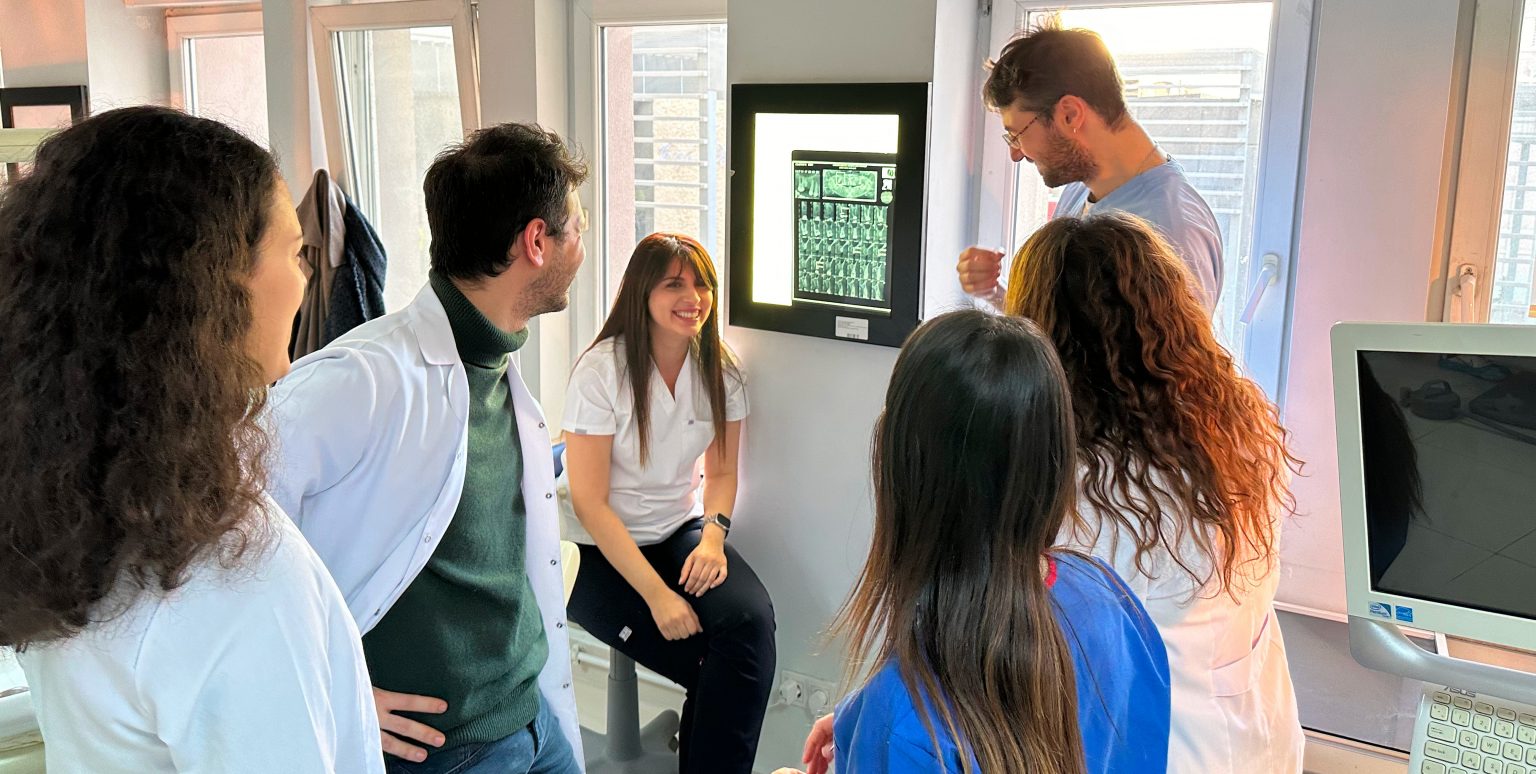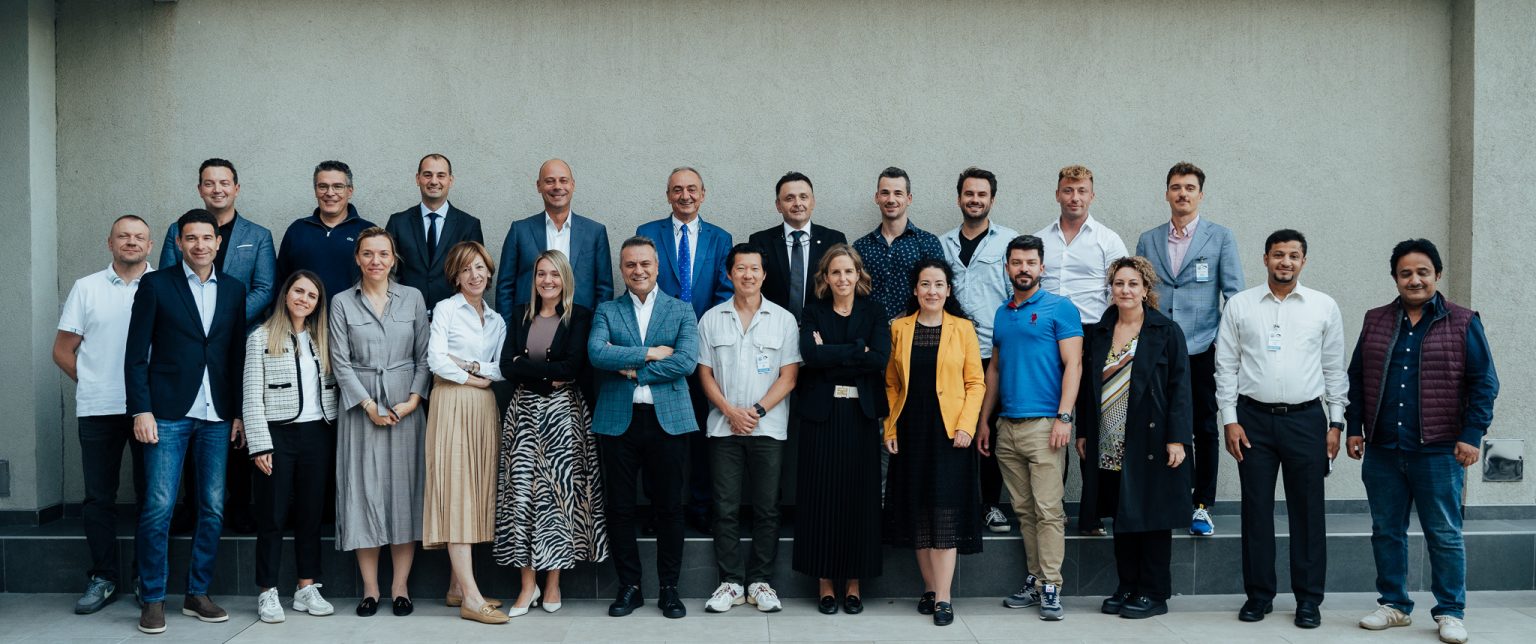
Season’s Greetings
As 2025 comes to a close, ITI President Ronald Jung reflects on a meaningful first year at the helm.
Read his full message on the ITI Blog for insights on this year’s milestones, future priorities, and warm wishes for 2026.

As 2025 comes to a close, ITI President Ronald Jung reflects on a meaningful first year at the helm.
Read his full message on the ITI Blog for insights on this year’s milestones, future priorities, and warm wishes for 2026.

Here we present you a curated list of additional ITI learning materials related to each main session at the ITI World Symposium 2024. We hope you find this helpful to continue your learning journey with the ITI beyond the World Symposium! Soft Tissue Management ITI Academy Biological Basics in Soft

Explore essential insights for successful static computer-assisted implant surgery with Rafael da Mata Santos, Rafael Lazarin, and Himanshu Arora in the article “Optimizing Static Computer-Assisted Implant Surgery: Guide Design Essentials”. Enhance results through valuable guide design principles.

In this new feature the ITI Blog takes a 360° look at the personal and professional lives of individual researchers who have received ITI funding. In this issue, we interview Dr. Sıla İşler. Originally from Turkey, she is currently a post-doctoral researcher at the University of Bern, Switzerland.

After one year of preparation, Belgrade had the privilege to organize and host the second ITI Education week from October 2-6, 2023. Find out more about it on this article.

This article aims to clarify some essential information on Diabetes Mellitus patient care by synthesizing the available guidelines and scientific papers to help in decision-making in some instances.

We accept both abstracts and full articles. The Scientific Advisory Team will decide based on relevance of the topic, quality of text and images as well as scientific and/or clinical rigor. Use the buttons below to submit your work.
Welcome to the ITI Blog – home to implant-dentistry-related news, views, opinion and information. Pick up your regular dose of knowledge here!
Disclaimer: The views and opinions expressed by the authors do not necessarily represent those of the ITI. Content is published for informational purposes only. The ITI as well as the authors do not make any representation or warranty for the completeness or accuracy of the published materials and as a consequence do not accept any liability for damages caused by the use of the materials and information contained in this blog. The information contained in this blog cannot replace an individual assessment by a clinician and its use for the treatment of patients is therefore the sole responsibility of the clinician.
© International Team for Implantology 2023
